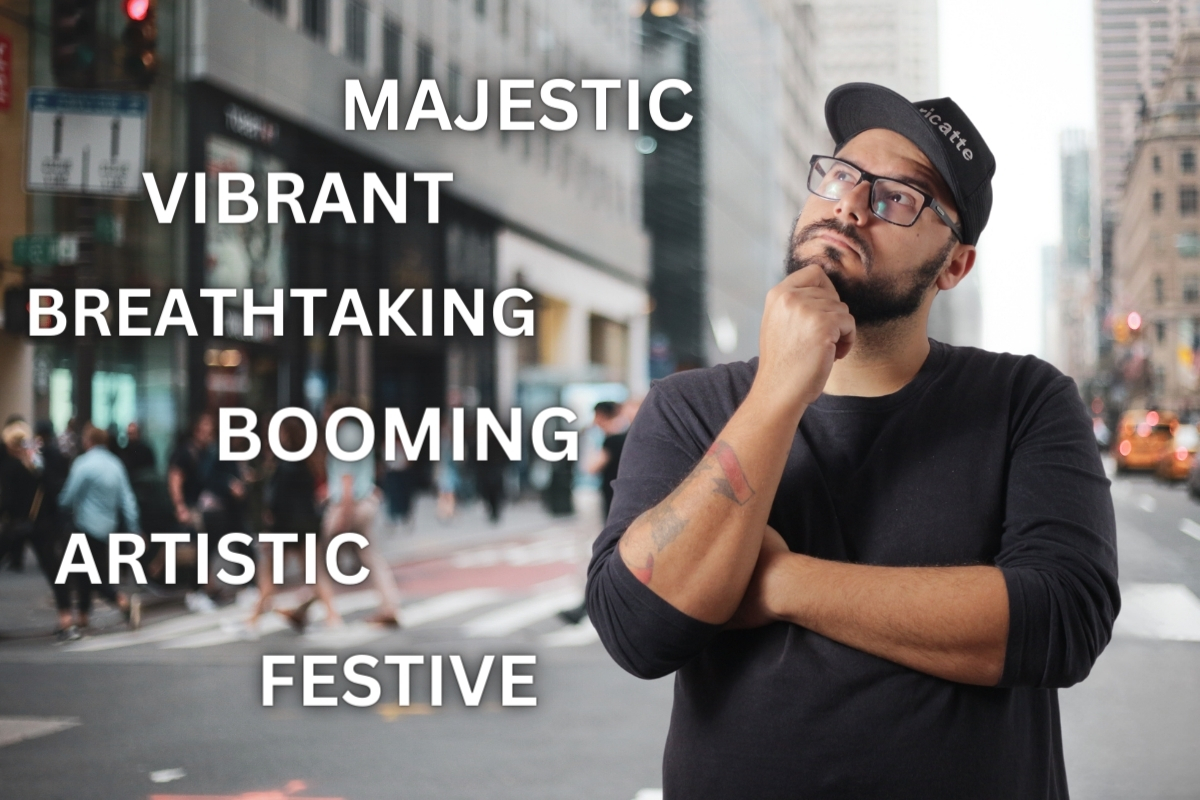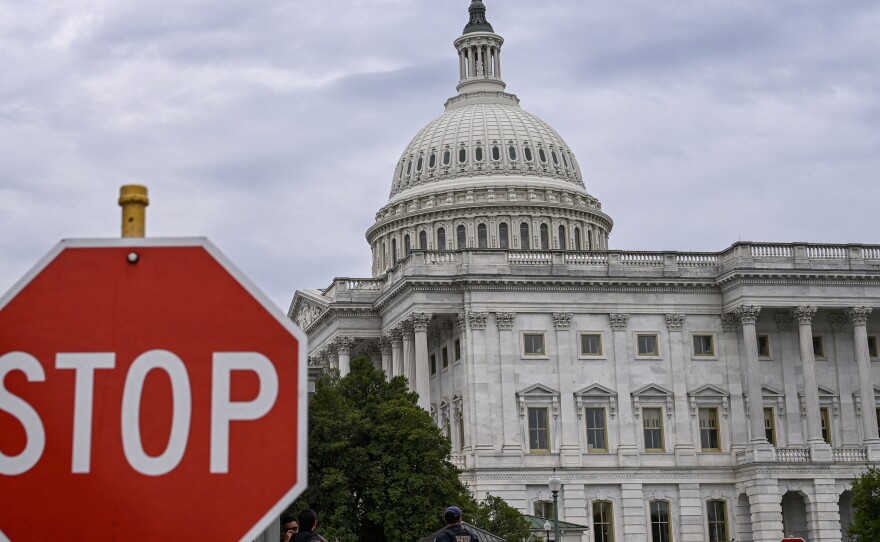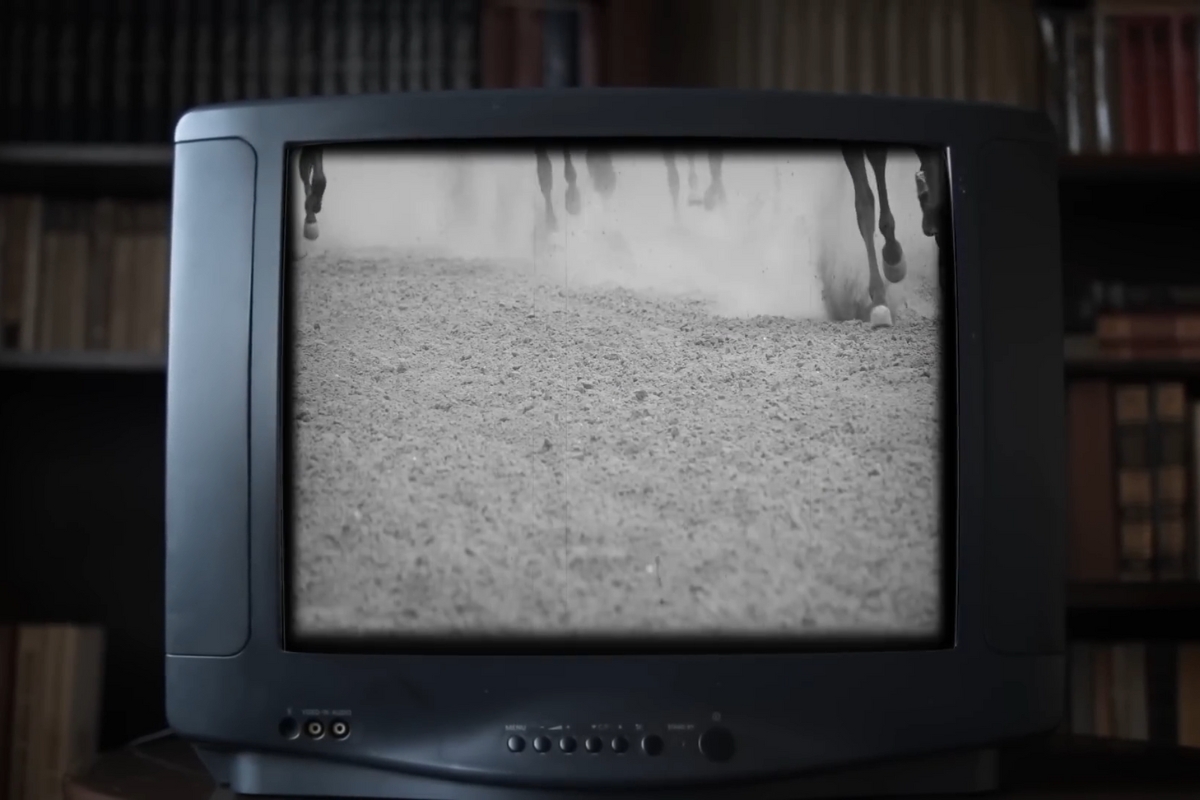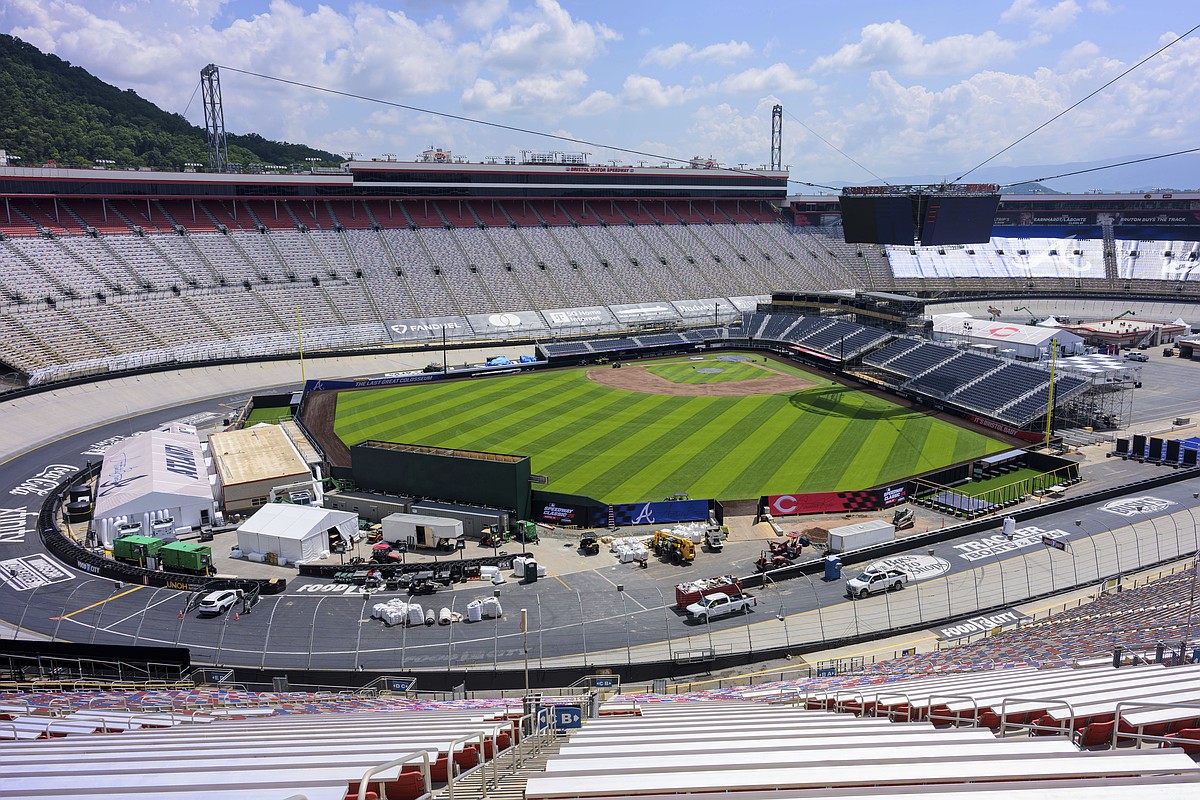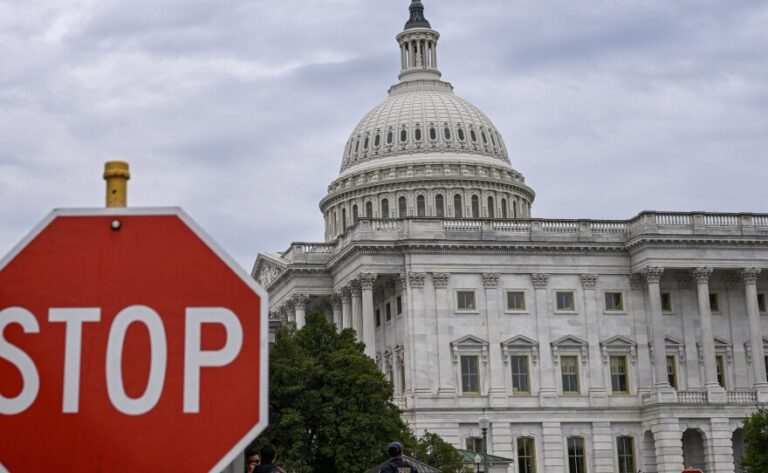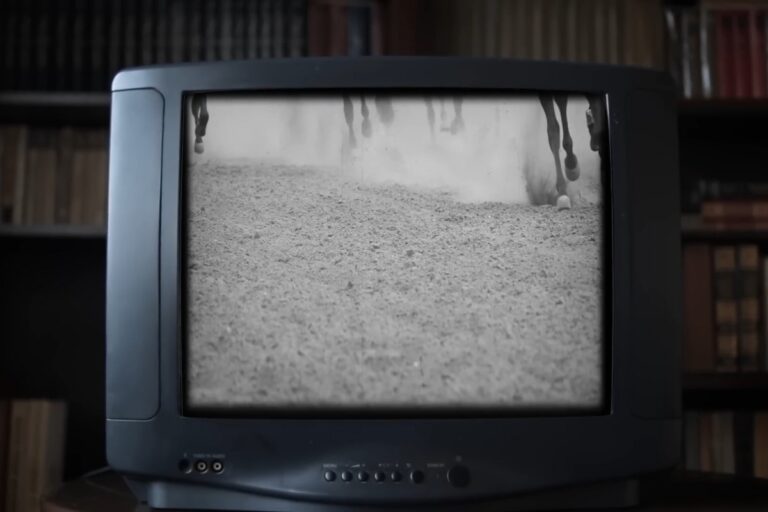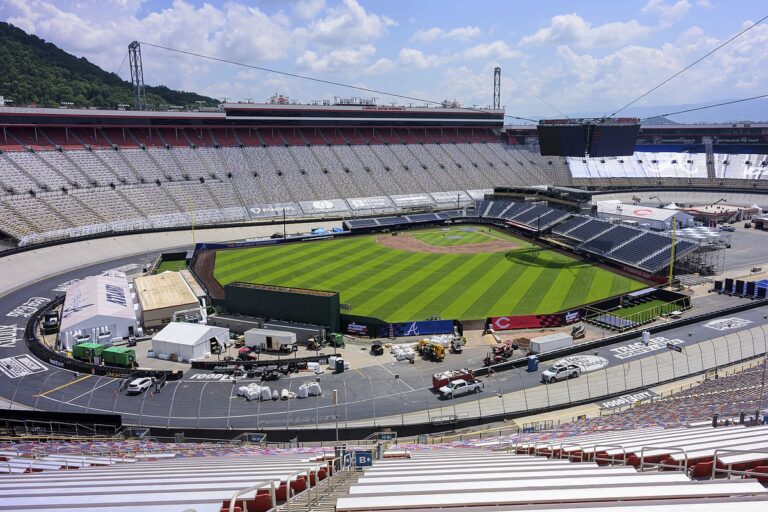Let’s talk ’bout adjectives! Adjectives to describe places can make the reader feel emotion and can bring the place to life. E.g., “busy” streets can be “chaotic“, “crowded” or “hustling“. Here are some commonly used adjectives to help with the mental picture:
- Breathtaking
- Serene
- Booming
- Bustling
- Idyllic
- Dreary
- Scenic
- Vibrant
- Picturesque
- Tranquil
- Rustic
Using these can give the reader a more immersive experience and connect with the story.
Key Takeaways
- The Power of Specificity: Using precise adjectives like “quaint,” “bustling,” or “serene” rather than generic ones like “nice” or “good” can significantly enhance the vividness of a description, making the setting more immersive and real for the reader.
- Emotional Connection: Adjectives like “tranquil,” “vibrant,” and “dreary” don’t just describe a place; they evoke specific emotions, helping to establish the mood and tone of the scene and creating a deeper emotional connection with the reader.
- Character Insight: The choice of adjectives can also reflect a character’s perspective or state of mind. For instance, a character might see a city as “chaotic” while another sees the same city as “energetic,” offering insight into their personalities and viewpoints.
- Enhancing Imagery: Descriptive adjectives like “picturesque,” “lush,” and “majestic” contribute to creating a strong visual image. This vivid imagery can transport readers directly into the story, allowing them to visualize the scenes more clearly.
- Diversity in Descriptions: The wide range of adjectives available, from “rustic” to “cosmopolitan,” allows for a rich variety in describing different settings. This diversity is crucial in storytelling, as it prevents descriptions from becoming monotonous and keeps the reader engaged.
- Adjectives and Narrative Flow: The use of adjectives can influence the pacing of the narrative. For example, a series of short, sharp adjectives can quicken the pace, while more elaborate, descriptive adjectives can slow it down, allowing the reader to linger in the moment.
| S.No. | Adjective | Definition |
|---|---|---|
| 1 | Serene | Calm, peaceful, and untroubled; tranquil |
| 2 | Bustling | Full of energetic and noisy activity; busy |
| 3 | Scenic | Providing or relating to views of impressive or beautiful natural scenery |
| 4 | Quaint | Attractively unusual or old-fashioned |
| 5 | Majestic | Having impressive beauty, scale, or dignity |
| 6 | Vibrant | Full of energy and enthusiasm |
| 7 | Historic | Famous or important in history, or potentially so |
| 8 | Pristine | In its original condition; unspoiled |
| 9 | Diverse | Showing a great deal of variety; varied |
| 10 | Picturesque | Visually charming or quaint, as if resembling a painting |
| 11 | Idyllic | Extremely happy, peaceful, or picturesque |
| 12 | Lush | (of vegetation) growing luxuriantly |
| 13 | Urban | In, relating to, or characteristic of a city or town |
| 14 | Remote | Situated far from the main centers of population |
| 15 | Contemporary | Characteristic of the present time; modern |
| 16 | Rustic | Characteristic of the countryside; rural |
| 17 | Cosmopolitan | Containing or having experience of people and things from many different parts of the world |
| 18 | Tranquil | Free from disturbance; calm |
| 19 | Architectural | Relating to the art or practice of designing and constructing buildings |
| 20 | Enchanting | Delightfully charming or attractive |
| 21 | Atmospheric | Having a powerful or evocative atmosphere |
| 22 | Secluded | Not seen or visited by many people; sheltered and private |
| 23 | Inviting | Attractive and tempting; appealing |
| 24 | Eclectic | Deriving ideas, style, or taste from a broad and diverse range of sources |
| 25 | Mystical | Inspiring a sense of spiritual mystery, awe, or fascination |
| 26 | Opulent | Rich and luxurious or lavish |
| 27 | Timeless | Not affected by the passage of time or changes in fashion |
| 28 | Exotic | Originating in or characteristic of a distant foreign country |
| 29 | Artistic | Aesthetically pleasing or displaying creative talent |
| 30 | Cultural | Relating to the arts and to intellectual achievements |
| 31 | Cozy | Giving a feeling of comfort, warmth, and relaxation |
| 32 | Soothing | Having a gently calming effect |
| 33 | Panoramic | An unbroken view of the whole region surrounding an observer |
| 34 | Mesmerizing | Capturing one’s complete attention as if by magic |
| 35 | Nostalgic | Evoking feelings of sentimental longing or wistful affection for the past |
| 36 | Wowy | Breathtaking and so amazing |
| 37 | Luxurious | Extremely comfortable, elegant, or enjoyable, especially in a way that involves great expense |
| 38 | Serendipitous | Occurring or discovered by chance in a happy or beneficial way |
| 39 | Inspiring | Providing inspiration for creative work or thought |
| 40 | Dynamic | Characterized by constant change, activity, or progress |
| 41 | Verdant | (of countryside) green with grass or other rich vegetation |
| 42 | Sacred | Connected with God or a god or dedicated to a religious purpose and deserving veneration |
| 43 | Dreamy | Having a magical or pleasantly unreal quality |
| 44 | Charming | Pleasant or attractive in a graceful or stylish way |
| 45 | Whimsical | Playfully quaint or fanciful, especially in an appealing and amusing way |
| 46 | Ethereal | Extremely delicate and light in a way that seems too perfect for this world |
| 47 | Surreal | Having the qualities of surrealism; bizarre |
| 48 | Festive | Characteristic of a festival, especially by being cheerful and jovial |
| 49 | Breathtaking | Astonishing or awe-inspiring in quality, so as to take one’s breath away |
| 50 | Unspoiled | Not changed or damaged by people; remaining in its natural state |
Adjectives for describing cities
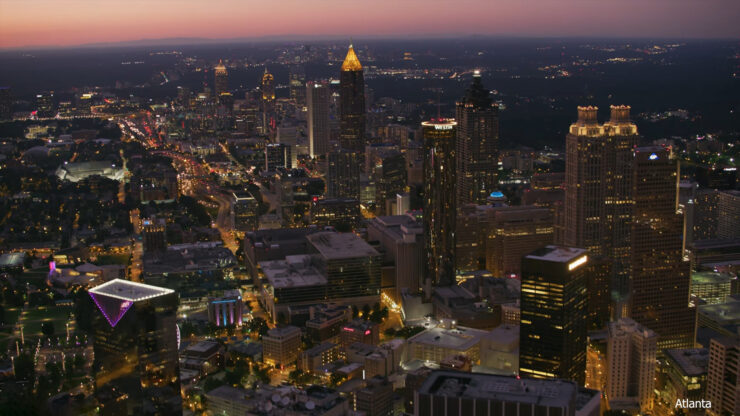
People frequently use words like bustling, vibrant, and cosmopolitan to describe cities. These terms reflect the vibrancy of cities; they’re full of different people and energy. There are more adjectives for cities, though. Let us look at some usual ones.
Adjectives in Storytelling
Let me share with you how I’ve discovered the power of adjectives in breathing life into stories.
The Emotional Impact
- Crafting Atmospheres: I’ve learned that the right adjectives can paint a scene’s mood. When I describe a forest as “enchanted” instead of just “wooded,” I feel like I’m inviting my readers into a magical realm.
- Reflecting Characters’ Perspectives: I often use adjectives to show my characters’ inner worlds. If my protagonist sees a city as “thriving,” it hints at their optimistic outlook, contrasting with another character who might call it “overwhelming.”
- Vivid Imagery: I’ve found that adjectives are my best tools for making scenes stick in the reader’s mind. They transform my writing from a mere narrative to a vivid tapestry of experiences.
The Narrative Flow
- Controlling Pacing: I’ve noticed that adjectives can speed up or slow down the flow of my stories. A sentence heavy with adjectives might linger on a moment, while fewer adjectives can quicken the pace.
- Building Tension and Release: In my writing, adjectives are key in building suspense or providing relief. Describing a stormy sea as “tempestuous” sets a different tone than calling it “lively.”
Personal Growth as a Writer
- Learning Restraint: One crucial lesson for me was learning not to overuse adjectives. It’s tempting to pile them on, but sometimes, simplicity speaks louder.
- Adjective Choices Reflecting Growth: As I’ve evolved as a writer, so has my use of adjectives. Early on, I favored simple, direct adjectives, but now I lean towards those that add nuance and depth.
My Favorite Adjectives for Different Settings
Urban Landscapes
- “Bustling” vs. “Sleepy”: I love contrasting the energetic vibe of a “bustling” metropolis with the calm of a “sleepy” small town.
- “Gritty” vs. “Polished”: Describing a city’s character can be fun; “gritty” streets have a different story to tell than “polished” avenues.
Natural Settings
- “Majestic” Mountains: There’s something awe-inspiring about calling mountains “majestic” that “tall” just doesn’t capture.
- “Tranquil” Beaches: I find that “tranquil” perfectly conveys the peacefulness of a beach scene, more so than just “quiet.”
Adjectives for describing the atmosphere or vibe
Here are some adjectives to help your writing come alive:
- Lively: for energy and excitement.
- Serene: for peace and calm.
- Vibrant: for vivid and colorful life.
- Cosmopolitan: for a global and open-minded atmosphere.
- Vintage: for a classic and retro feel.
- Quaint: for an old-fashioned charm.
- Hectic: for a busy pace.
- Rustic: for a simple, rural vibe.
Descriptive adjectives can transport readers to your writing and make it more realistic. Pro Tip – Combine words to create a specific and accurate atmosphere.
Adjectives for describing the aesthetics or appearance
Adjectives can really set the scene for a city. Describing its beauty, or lack thereof, and its features is key. Here are some adjectives to give you an idea:
- Bustling: Vibrant, busy and full of life.
- Picturesque: Visual charm, like a painting.
- Historic: Prominent and well-preserved past.
- Modern: State-of-the-art architecture and designs.
- Lively: Vivacious and energetic atmosphere.
- Quaint: Old-fashioned charm and cozy.
- Dreary: Bleak, gloomy, uninviting.
- Crowded: High population density, congested streets.
- Pristine: Clean and well-maintained.
- Magnificent: Impressive and grand architecture, beautiful landscapes.
Using these adjectives can help bring cities to life and give readers a better visual impression.
Adjectives for describing the people or culture
Adjectives are awesome for describing people, cultures, and places. Here’s a list of adjectives for cities and the vibes they give off:
- Bustling – lively, busy, and energetic
- Picturesque – attractive and charming
- Serene – peaceful and calm
- Vibrant – energetic and enthusiastic
- Cultured – refined and sophisticated
- Historic – related to history
- Eclectic – ideas, style, or taste from many sources
- Sophisticated – knowledge of the world and good taste in culture and art
- Modern – now or recently, not long ago
- Quaint – old-fashioned charm
These adjectives help readers imagine a city and culture, making it easier to form an image in their minds.
Adjectives for describing natural landscapes
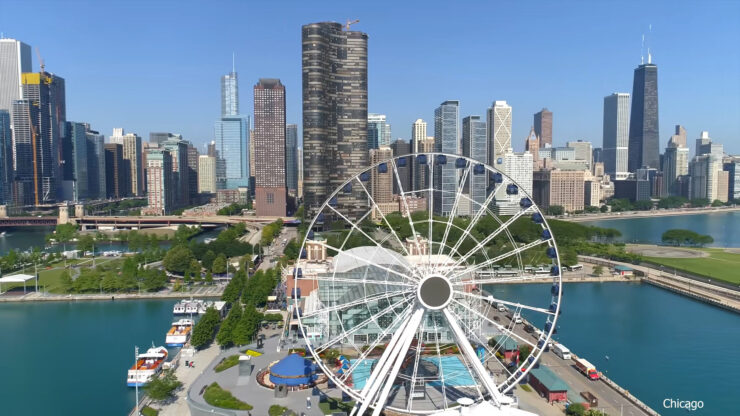
Natural places are bursting with beauty! Capturing this beauty is an art. We’ll look at words to describe these landscapes. Such as serene mountains, the sparkling sea, and vibrant forests. Perfect words to depict natural scenes!
Adjectives for describing mountains
Mountains are majestic and stunning. Adjectives that best describe them include:
- Majestic – Grand and awe-inspiring.
- Towering – Extremely high, above the landscape.
- Rugged – Steep, rough terrain with abrupt changes in elevation.
- Serene – The top of a mountain offers peaceful views, away from the hustle and bustle.
- Majestic – Inspires feelings of wonder and awe.
- Picturesque – Photogenic and stunning vistas.
- Weathered – Eroded over time, with unique geological features.
Using the right adjectives can help you share the beauty of mountains.
Adjectives for describing beaches
Beaches are wonderful! Poems and songs have been written about them for centuries. Words to describe their beauty:
- Serene – Calm and peaceful, perfect for relaxation.
- Picturesque – Perfect and idyllic, like a postcard.
- Majestic – Grand and spectacular, with stunning views.
- Secluded – Hidden and remote, away from the city.
- Exotic – Unique and unusual, with exotic plants and culture.
- Sunny – Warm and sunny, with golden sand and blue waters.
- Romantic – A romantic atmosphere, great for couples.
The right adjective helps to create a mood and sensory experience.
If you’re just planning your vacation, we have a perfect article for you where we discuss the best secret beaches to visit in the US.
Adjectives for describing forests
Forests are a sight of diverse wildlife and vegetation, so they must be described! Here are some adjectives that sum up these magical natural landscapes.
- “Lush” is used to describe the thick growth of trees, plants and foliage.
- “Verdant” is used to describe the rich green color of leaves in a forest.
- The tranquil and peaceful atmosphere of a forest is known as “serene”.
- The thick growth of trees and plants make forests look “mysterious”.
- Some forests date back hundreds of years, giving them a feeling of age and wisdom – “ancient”.
- The height of trees in a forest can be described as “towering”.
- A walk through a forest is an “enchanting” experience, with the sun shining through the leaves.
- Forests are full of flora and fauna, making them an “abundant” ecosystem.
- Tall trees, lush leaves, and the serene environment make a forest “majestic”.
Adjectives for describing man-made landscapes
Man-made landscapes have their own feel. A bustling city, or a peaceful beach – each has its own description. Use this list of adjectives to describe them. Let’s take a look!
Adjectives for describing buildings or architecture
Adjectives can add more depth to our writing, especially when we describe buildings or architecture. Here is a list of adjectives for man-made landscapes:
- Aesthetic – relating to beauty and appreciation of beauty.
- Contemporary – of the present time.
- Eclectic – taking ideas from various sources.
- Grandiose – appearing magnificent and pretentious.
- Ornate – highly decorated.
- Minimalistic – limited decoration with simple forms.
- Gothic – architecture of Western Europe from 12th-16th centuries.
- Futuristic – modern and unusual ideas in art or design.
- Rustic – countryside and rural.
- Utilitarian – useful and practical.
Adjectives for describing streets or urban areas
When I describe streets or cities, I find that using the right adjectives really helps to capture and convey their unique vibe and character. Let me share with you a list of some of my favorite adjectives that do just that:
- “Busy“: Lots of people and cars.
- “Bustling“: Busy but with energy and excitement.
- “Lively“: Active with plenty of socializing.
- “Gritty“: Industrial or dark and edgy.
- “Vibrant“: Colorful, lively, and dynamic.
- “Quaint“: Old-fashioned or charmingly outdated.
- “Picturesque“: Nice to look at, scenic.
Tip: Use multiple adjectives to give a more detailed description.
Adjectives for describing parks or public spaces
Describing parks and public spaces can sometimes be a bit challenging for me. But I’ve found that certain words really help in getting creative and expressing their unique features. Here are some of those words that I often use:
- Scenic: Marvelous views, gorgeous landscapes, and stunning vistas.
- Serene: Tranquil atmosphere and no noise.
- Inviting: Draws visitors in to walk, sit, or play.
- Verdant: Lush and green with lots of vegetation.
- Clean: Neat, tidy, and free from mess.
Adjectives for describing indoor spaces
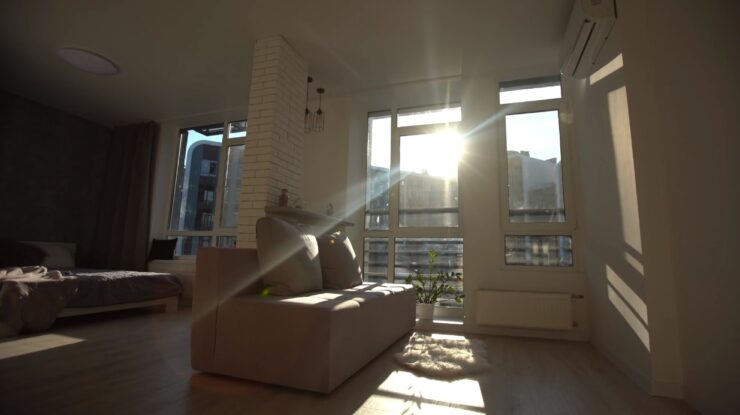
Indoor spaces can be explained in many words. Depending on the situation, you may need adjectives to explain the size, shape, environment, and more. Here, we’ll discuss adjectives to describe indoor settings. Have a look at this list of terms that can help you explain the spaces:
Adjectives for describing rooms or areas
Finding the right adjective to portray an indoor space can be tricky. Here are a few to consider:
- Cozy – A feeling of comfort & warmth.
- Spacious – Lots of room to move.
- Bright – Illuminated with light.
- Serene – Peaceful & tranquil.
- Vibrant – Full of life & energy.
- Minimalistic – Modern, uncluttered & minimal decoration.
Adjectives for describing decor or design
When I’m trying to craft the perfect description of an indoor space, I rely on a variety of words to set the scene. Here are some of the words that I often use to get started:
- Rustic: Create a welcoming atmosphere with wood, stone, and leather.
- Minimalist: Choose clean lines, simple furniture and neutral shades.
- Cozy: Make it warm and inviting with plush furniture, soft rugs and gentle light.
- Chic: Give it style with bold patterns, metallic finishes and art.
- Luxurious: Make it grand with silk, marble, and ornate chandeliers.
Adjectives for describing lighting or ambiance
When I’m selecting the perfect adjectives to portray the lighting or atmosphere in a room, I’m really crafting a special atmosphere or environment. Here are some of the words I often consider for this purpose:
- Cozy: A pleasant and personal atmosphere which gives a sense of comfort and peace.
- Romantic: A gentle and pleasing light which generates a feeling of closeness and fondness.
- Dramatic: A strong and striking light which stirs emotions and makes a strong impression.
- Moody: A soft and slight light which produces a supernatural or secret setting.
- Lively: A vibrant and energetic light that invigorates and stimulates the ambience.
- Serene: A mild and tranquil light that offers a quiet and serene effect.
- Charming: A pleasant and welcoming light that establishes a merry and nice atmosphere.
- Rustic: A natural and unpolished light which produces a homey and pleasant atmosphere.
Choosing the correct adjectives to illustrate the lighting or ambiance can build a one-of-a-kind and remarkable experience for guests or just enhance the atmosphere in your home.
Adjectives for describing rural areas
When picturing a rural area, you need to give it life! Descriptive words can help you bring it to life. Here’s a list of adjectives to portray rural areas and countryside sceneries vividly:
Adjectives for describing farms or agriculture
When I talk about farms and agriculture, I find that certain powerful adjectives really bring the scene to life. Here are some of the most commonly used ones that I rely on:
- “Lush” – Areas with green, vibrant vegetation.
- “Fertile” – Land with lots of nutrients. Perfect for crops & livestock.
- “Vast” – Huge farms, stretching out as far as the eye can see.
- “Serene” – Peaceful & tranquil rural setting.
- “Rustic” – Simple, charming & traditional. Wooden barns & dirt roads
- “Idyllic” – Picturesque and perfect rural setting. Rolling hills & crystal-clear streams.
These adjectives help us appreciate the beauty & diversity of farms around the world.
Adjectives for describing small towns or villages
When I think about small towns and villages, I’m struck by their simplicity and peacefulness. To capture their beauty, I often use words like:
- Picturesque: charming and quaint countryside, including rivers, hills and valleys.
- Serene: peaceful and tranquil, with less noise, pollution and a hectic lifestyle.
- Idyllic: perfect and beautiful in a peaceful way, with lush landscapes and the unity of the community.
- Rustic: charmingly simple, unsophisticated and country-like with old-world charm and architecture.
- Quaint: charming and old-fashioned, with a timeless feel to their culture and architecture.
These adjectives can be used to describe small towns and rural areas. They help capture the essence of their beauty.
Adjectives for describing countryside views or landscapes.
When I unveil the beauty of the countryside, I’m always searching for the right adjectives to describe its mesmerizing views and landscapes. Here are some that really resonate with me:
- Picturesque – Charmingly attractive as if from a postcard.
- Serene – Peaceful, tranquil, and calming.
- Pastoral – A scene related to the countryside’s rural setting.
- Idyllic – Perfect and delightful, with no problems.
- Majestic – Grandeur and brilliance that leaves you in awe.
- Scenic – Pleasing to the eyes and worth watching.
These adjectives can help your writing come alive!
Frequently Asked Questions
1. What are adjectives that can be used to describe places?
There are many adjectives that can be used to describe places, such as beautiful, charming, cozy, elegant, exciting, tranquil, and vibrant, among others.
2. How can I use adjectives to describe a place?
You can use adjectives to describe a place by selecting words that accurately convey your thoughts and feelings about the location, and using them in sentences or phrases to create a vivid picture in the reader’s mind.
3. Can adjectives be used to describe both indoor and outdoor places?
Yes, adjectives can be used to describe both indoor and outdoor places. For example, you can use cozy to describe a comfortable interior space, or tranquil to describe a peaceful outdoor setting.
4. What are some common adjectives used to describe natural settings?
Some common adjectives used to describe natural settings include breathtaking, majestic, serene, pristine, and verdant.
5. Can adjectives be subjective when describing places?
Yes, adjectives can be subjective when describing places, as people may have different opinions and perceptions about a particular location. What one person considers beautiful, another might find dull or unpleasant.
6. Are there any adjectives that are commonly used to describe cities?
Yes, there are many adjectives that can be used to describe cities, such as cosmopolitan, bustling, vibrant, historic, eclectic, and modern, among others.
Conclusion
Adjectives are not just tools for embellishment in storytelling; they are essential in crafting a compelling narrative. They serve as the bridge between the writer’s imagination and the reader’s perception, turning a mere sequence of events into a vivid, emotionally resonant experience.
By carefully selecting adjectives that resonate with the scene’s mood, reflect the characters’ perspectives, and paint a vivid picture, a writer can transform a simple narrative into a rich, immersive world. The art of storytelling, therefore, lies not just in the plot or characters, but in the nuanced use of language to bring those elements to life.
Disclaimer
Please note that the content provided here represents a personal perspective, compiled and synthesized from various online sources. The views and interpretations expressed are subjective and are intended to offer a personal insight into the topic. While every effort has been made to ensure the accuracy and reliability of the information, it is important to acknowledge that the descriptions and opinions are based on a personal understanding and interpretation of the material gathered from different online resources.

